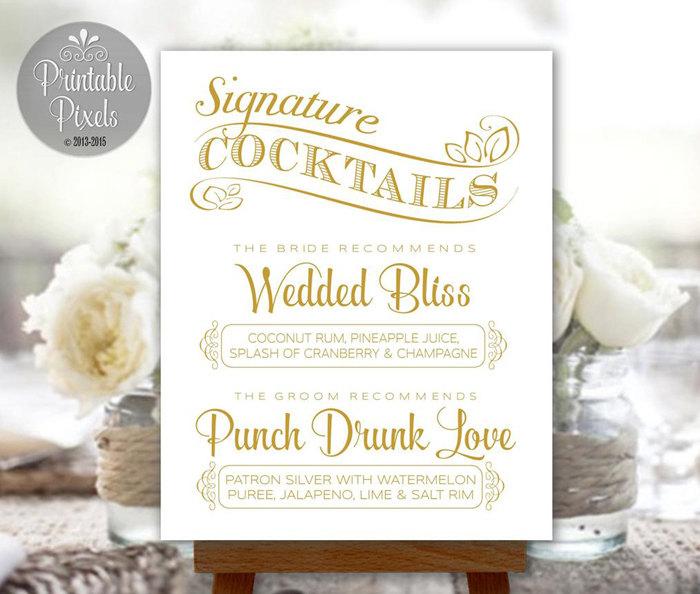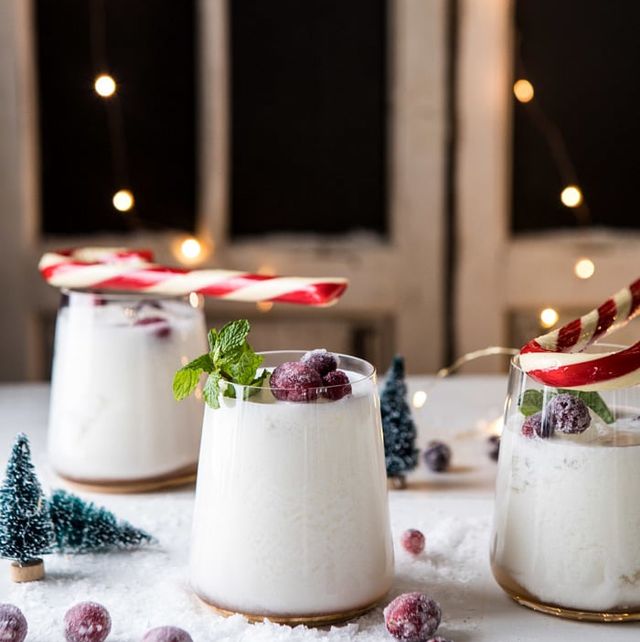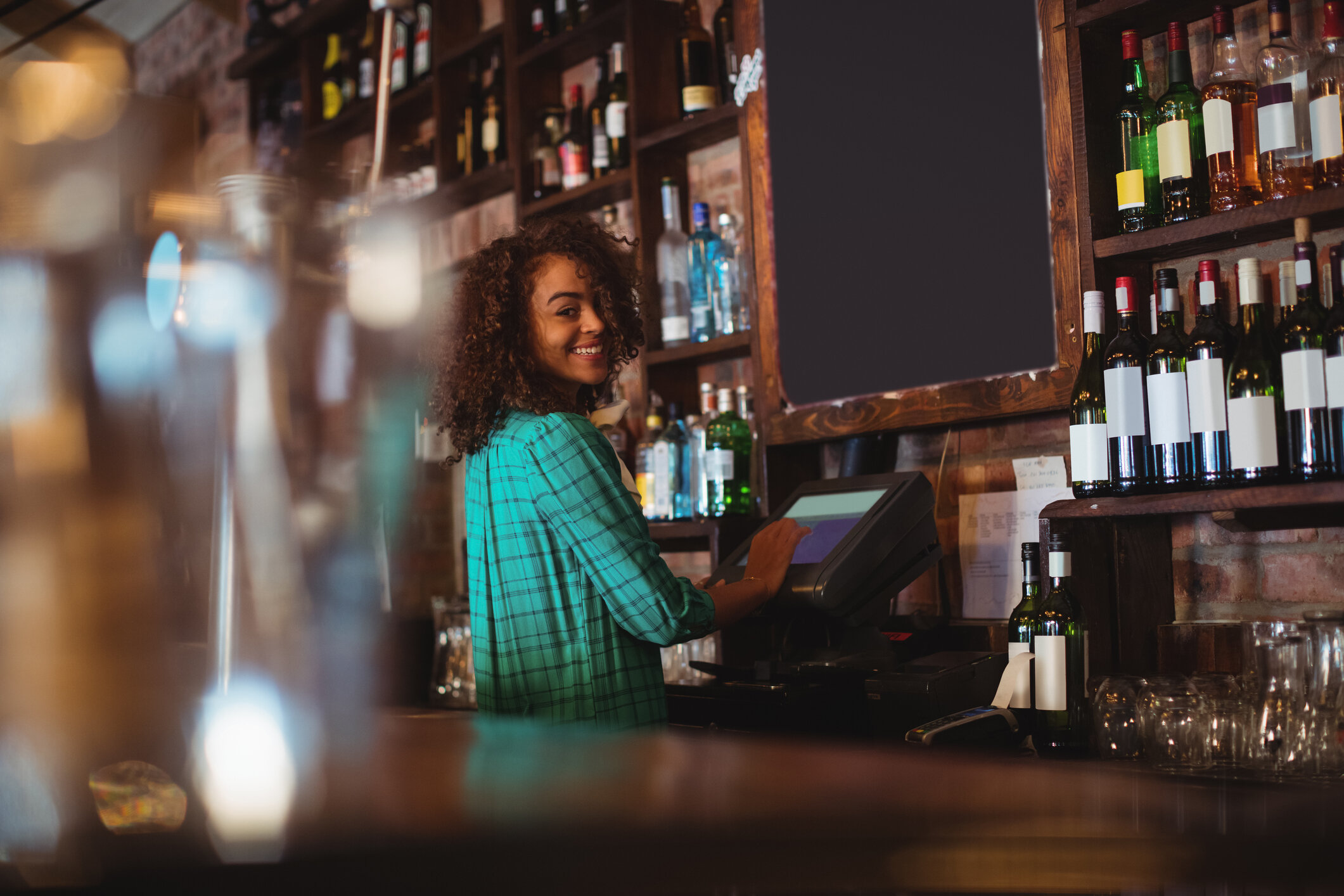
When opening a bar, there are many factors to take into consideration. These include size, budgeting, staffing, as well as location. You should also consider the local government unit as well as its rules. These factors could have an impact on your lease agreement and therefore your startup capital. Last but not least, if the license you require isn't available, it could be difficult to get the supplies that you need.
Location
The first step to opening a bar is choosing a location. It is important to choose a location that allows for foot traffic and offers parking. A unique bar concept is also important. It is also important that you have an employer identification number in order to be able hire staff. On the IRS website, you can obtain one.
A business plan is an important step in opening a bar. After choosing a location, you need to qualify your audience. Some people are very health conscious and don't drink alcohol. Understanding your target audience can save your business. A price must be set for your food or drinks.

Personal
You need to balance the labor available and your needs when staffing a bar. You don't want to be understaffed or overstaffed, as both will result in long wait times for customers. The net staffing bar is displayed above the agents' schedules. This will allow you to see how many employees are needed. This bar is divided into 15-minute intervals. Longer, darker blocks indicate days with more staffing problems. You can hover over each block to see more information.
In addition to staffing a bar, you need to consider establishing a business plan. It will help identify potential issues and provide a detailed plan for avoiding them. Once you have a plan in place, you can start exploring different aspects of managing a bar.
Budgeting
As a bar owner, you need to budget for all of the expenses that are going to be required to run your business. This includes the cost of staff, utilities and sound equipment. It is important to have an operating reserve fund in place for unexpected expenses, business downturns and other unexpected events. For beer and liquor, your operating reserve should be between 40-60% and 20-30% for wine and mixers. It is also important to budget for food. You'll need to determine how much of each will be needed, as well as the size of your venue, and how many you expect to have in business when you open.
Renting or purchasing storefronts is one of the most expensive initial costs. The cost of your bar will vary depending on where it is located. It is important to find an agent who is familiar with working with new companies and can locate an affordable location.

Marketing
Your target market is essential to successfully promote your bar. To determine your target market, you must consider factors such as the population of your neighborhood, the types of people who frequent bars in your area, and foot traffic in your neighborhood. This information can help you to create a profile of your ideal customer and then base your marketing strategy on it. You should have a target market that includes certain characteristics such as age, gender, income and interests. This information is available from your existing customers and by conducting research on different types of people.
Keep your customers interested by sending emails once a week. An increase in frequency is possible if your emails get a high opening rate. Your emails should have a catchy title and creative subject lines. You should also try to use photos and text in your emails to show off your personality.
FAQ
Why is it that people call a cocktail "a martini?"
When Americans began to drink more alcohol, in the early 1900s, any drink containing alcohol was called a "martini". The term became synonymous with a type of martini made with dry vermouth, rather than sweet vermouth.
Which drinks go well together?
Mixing different spirits together makes a great cocktail.
The key is to balance and harmonize each spirit by using the right proportions.
This means you will need to understand what makes each spirit taste best when it is mixed with another spirit.
You must also understand how they interact with one another, which flavors are complimentary, and which clash.
Finally, consider the type of drinker that you wish to appeal to.
Try a classic coke and rum if you're looking to make a refreshing cocktail.
However, if you're looking for something stronger, you can try a Gin and Tonic.
Mixing drinks is a popular activity.
Mixing drinks is an exciting way to discover new flavors. You can create your own unique combinations by mixing different flavors.
How do you keep your drinks cold?
Place them in the freezer for 20 min. They will quickly chill without diluting your drink.
Statistics
- majority of pineapple juice and Malibu rum is only 21% alcohol content. (breakingtheboredom.com)
- The tequila should be 100 percent agave, not the cheaper “mixto” products, which blend a minimum of 51 percent agave with other sugars. (cooking.nytimes.com)
- its content makes it 10.5%, which is far less than wine. (breakingtheboredom.com)
- According to a post on Quora, the average bartender can make upward of 140 drinks per hour. (gloworder.com)
External Links
How To
How to make the perfect Margarita at Home
The most widely used cocktail is made using tequila (made from agave), Cointreau, a sweet orange liqueur, and fresh lime. To enhance the flavor you can add salt or sugar, bitters (or cinnamon sticks), and chocolate syrup.
If you want to try making your own, here's how you do it!
Ingredients
-
1/2 cup ice cubes
-
3 oz Tequila Blanco
-
1/4 cup Cointreau
-
Juice of 1 Lime
-
Salt
-
Sugar
-
Cinnamon stick
-
Chocolate syrup
Method
Combine all ingredients in a shaker. Add ice. Shake vigorously for 10 seconds, then pour into a glass. If desired, garnish with a slice or lime.
This recipe can be used as a template to make other types of alcohols such as:
-
Whiskey Sour
-
Daiquiri
-
Manhattan
-
White Russian
-
Brandy Alexanders
-
Gin & Tonics
-
Sidecars
-
Collins
-
Scotch & Soda
-
Margaritas